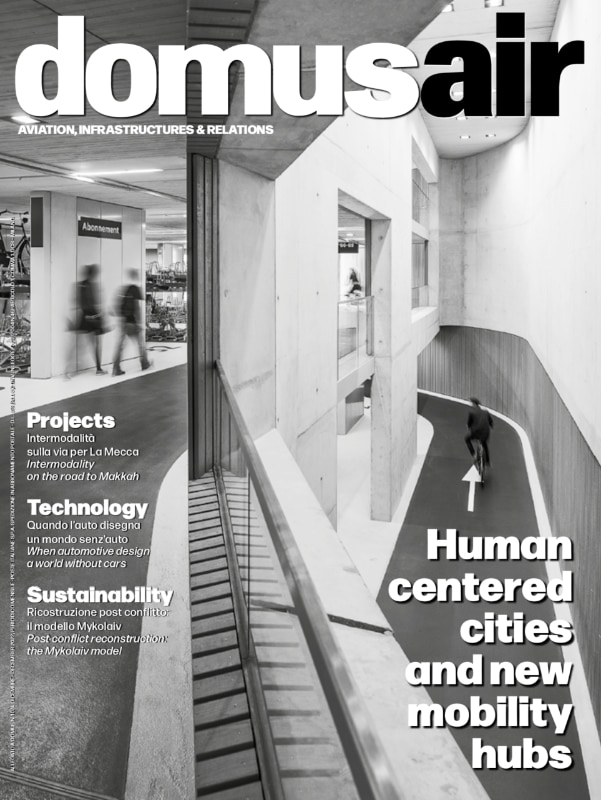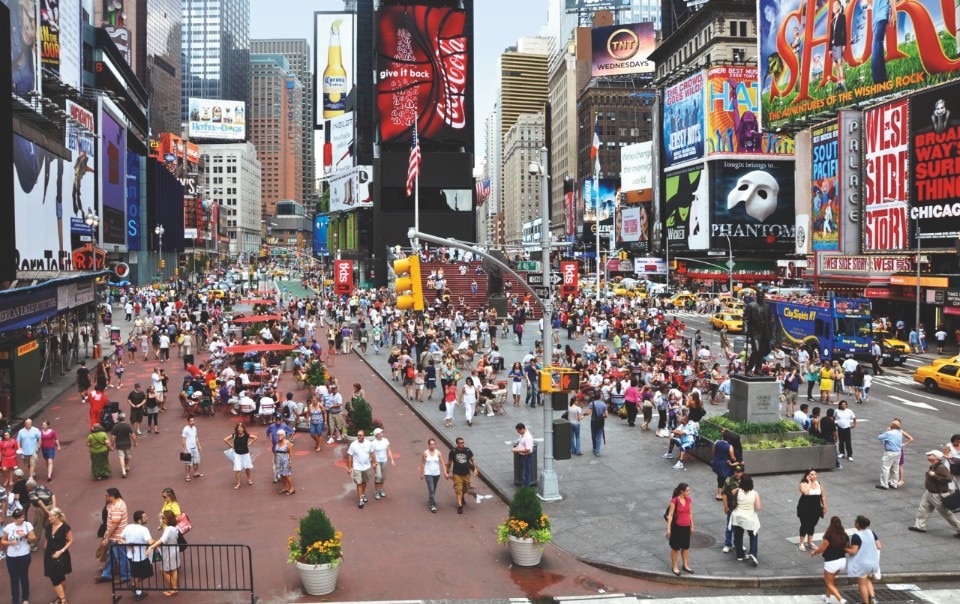“If you want to touch people’s lives every day, you have two choices: sanitation or transportation”. Her mom gave her some great advice, including this one. So, Janette Sadik-Khan started her career as commissioner of NYCDOT (New York City Department of transportation). Today, she’s one of the world’s foremost authorities on transportation and urban transformation with Bloomberg Associates, a pro bono consultancy, where she advises mayors around the world on how to reimagine and transform their streets.”
Do you still think that it was good advice?
“This wasn’t just great professional advice, I think it’s inspiration for anyone who wants their work to have an impact on the world. The things that really touch people’s lives in cities are often the seemingly routine, invisible things that we take for granted, like how people get around. Transportation isn’t just about getting from place to place in a city, it’s a factor for citizens’ access to jobs, schools opportunities. I’ve come to recognize that in solving the challenges of streets and how to get around in a city, you can address many of the biggest problems the world faces, whether its climate, health, income inequality and access to opportunity. If you can design your city, whether New York City or Milan or Rome, so that people can get from place to place safely, quickly and affordably, and to give people in every neighborhood access to the opportunities that the city has to offer, you’ve solved issues far greater than just the ability of people to get around. You’ve also created a great city to live in, to work in and to raise a family in. This isn’t just a nice thing to have, it’s also an economic investment strategy and why some cities will succeed while others will sprawl and become more congested, expensive. If you can change the street, you can change the world”.
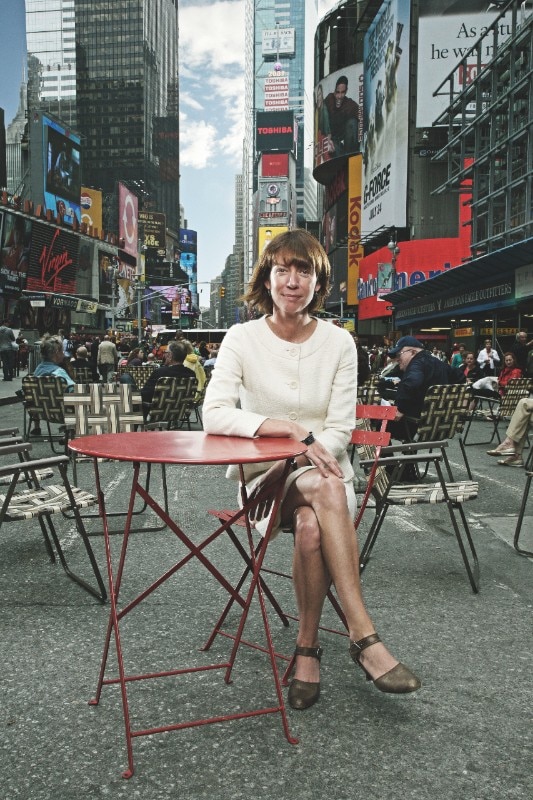
Today’s streets are a thing of the past, in the sense that they reflect decades of transport planners focusing on car-oriented design. How can we rebalance the streets and bring equality to the transportation network and at the same time reduce the impact of congestion?
“When you look at a street, you’re not seeing just the city as it is today, you’re seeing what your urban planners 20, 50 and 100 years ago thought your city would be today. Throughout ancient history, cities were built on the principle of walkability, and most of life’s daily activities could be reached on one’s own power. But in the last century, streets were redesigned to accommodate the motor vehicle. This fact created a demand for that infrastructure and not only failed to reduce congestion, it only increased the car’s domination of public space, a congested, dangerous and polluted status quo. But streets don’t update themselves, and city leaders need to look at them regularly and critically to make sure they meet the demands, values and goals of cities today. They can do this by recreating the historical, walkable features of historical cities, reclaim road lanes from cars and redesign them as safe, attractive public space for communities to gather, to walk and to shop and interact. Streets can be rebalanced to accommodate people on buses, bikes, e-bikes and scooters. We need to start making these investments today so that in 10, 20 and 50 years, people looking at their streets will see safer, more diverse and active places than the streets we see today”.
If you can change streets in New York City, you can change them anywhere.
You have managed the seemingly impossible task of transforming the streets of New York into dynamic spaces that are safe for pedestrians and cyclists, starting with the iconic and now well-known intervention in Times Square. What was the key lesson that you personally drew from your experience in a complex city like NY?
“If you can change streets in New York City, you can change them anywhere. Each city has what it thinks are unique reasons why safe infrastructure for people to walk and bike is impossible to build: their streets are too narrow or too wide, too hilly, too hot, too dependent on cars. About New York people said that the city just didn’t have the culture for cycling, that there was too much traffic and that our streets were too dangerous, that no one would want to sit in a plaza where cars were moving nearby. They said that taking space from cars would be bad for local businesses and prevent trucks from making deliveries. Pedestrianizing Broadway through Times Square generated a lot of controversy but it proved to be the most significant and inspirational transportation project in the city in the previous half-century. The number of people walking through Times Square increased by 30 percent, new stores opened, property values tripled, and the district was named one of the top retail destinations on the planet. This proved to me that inside every car-dominated city, there is a bikeable, walkable city hidden that is just waiting for a new generation of urban visionaries to bring it out into the open.
We saw radical change come to Mexico City, which had some of the most dangerous streets in the world. Working with Mayor Miguel Mancera, we helped fix the deadliest intersections in the city and created dozens of public spaces, leading to a 24% reduction in traffic deaths in just two years. In Athens we helped Mayor Giorgos Kaminis pedestrianize 30 downtown blocks, redesigning streets with benches, planters and updated street lighting. In just two years, 24 new businesses opened, including seven hotels, representing an estimated €30 million in economic investment in the neighborhood. In my work with Bloomberg and as chair of the Global Designing Cities Initiative, we bring the best ideas to cities around the world. The most recent initiative is BICI, a global program to fund the most innovative cycle lane projects in the world with grants up to $1 million”.
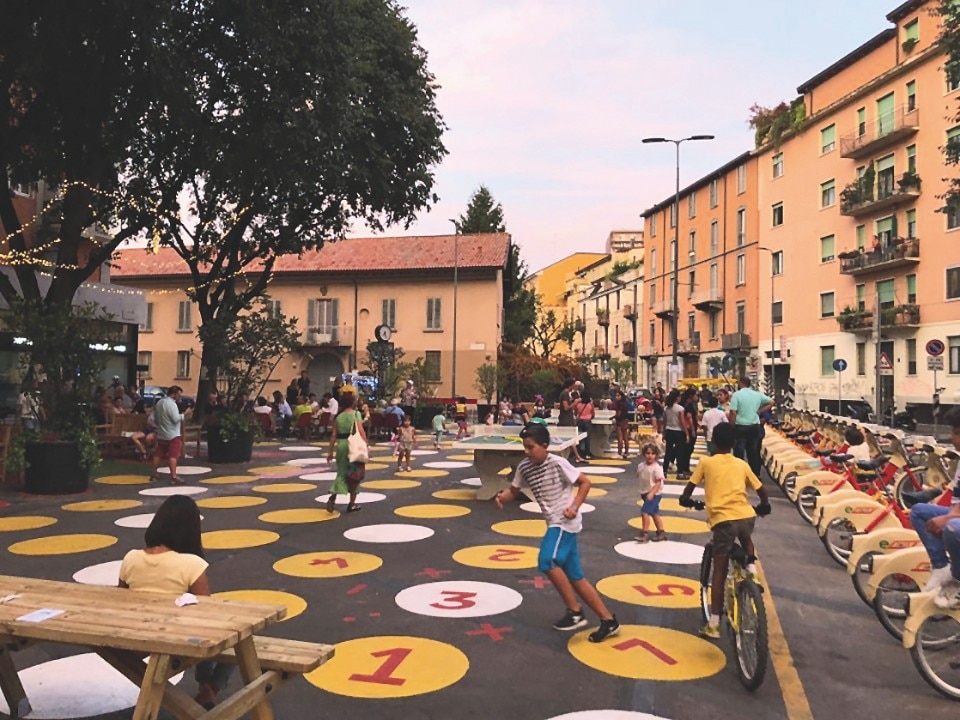
In recent years, have you seen much change in those who govern cities to seize the opportunity of creating a city that puts people first?
“There is an awakening in cities right now, both in neighborhoods and in the corridors of power. Over the past century we lost sight of what a street designed around its people looks like, and too many cities today are structured to repair and build roads, and to keep car traffic moving. But we’re seeing a revolution in cities like Paris, Berlin, Barcelona and London, where steps are under way to adapt street space for people to walk, bike and gather safely, and to give buses the advantage over private cars on our roads. Paris transformed the Rue de Rivoli as a bike and bus-only corridor and is converting 300 streets outside schools into safe pedestrian spaces for children and their caregivers. Barcelona has barred through-traffic from hundreds of local streets, allowing neighbors to use the roadway for seating, playgrounds and community space. Many of the changes that Berlin made to its streets have been made permanent, like turning its central Friedrichstrasse into a car-free corridor and allowing cafes and shops to transform the street space. The pandemic provided a powerful opportunity for leaders to take the initiative, doing in a few months what may have otherwise taken years. New York City during the pandemic pedestrianized hundreds of streets and allowed restaurants and cafes to turn sidewalks and 10,000 parking spaces into outdoor seating. These programs didn’t just help cities restore street life during the pandemic, they were an economic lifeline for businesses trying to survive, and they’re an economic strategy for cities today”.
When you transform a space, people adopt it and make it their own.
Do you feel there is still strong resistance to change? When these changes are triggered, is there a need for citizens allies or opponents to be persuaded? Are they part of the problem, or part of the solution?
“When we first started working with Milan Mayor Giuseppe Sala in Dergano and Angilberto neighborhoods, there were strong reactions to turning spaces where people parked into places for people to sit and to play. Many people in the community were at first skeptical that the projects would be successful, be well-used or that local businesses could operate without space for people for people to park and trucks to make deliveries. But after a lot of community meetings and implementing piazza projects as pilots using just paint, planters and the installation of ping pong tables, people saw that these spaces could be transformed easily and designed so that the neighborhoods could function even better than before. What we saw after the painting was done, the benches installed and the nets put up on the ping pong tables, was that people loved these places, and the voices of complaints were replaced with sounds of children playing. Today, some of the strongest critics of the changes have turned into the biggest supporters, and there are about 40 piazzas now across the city as other neighborhoods have started to demand safe, attractive community space in their neighborhoods.
Places like Piazzale Bacone are now community playgrounds for schoolkids and waiting areas for their caregivers before and after schools. They are filled at all hours of the day with kids playing and neighbors interacting, giving new life to a place where cars used to drive through. I think this is a familiar arc for so many cities, whether in Milan or Bogotá or in Paris, that when you transform a space, people adopt it and make it their own. Community involvement is a part of that process. Not everybody is going to be on board. Not everyone will agree that there’s even a problem. People need to have their say, and even if they disagree with the plan, they can’t disagree with the process, and it’s a lot harder to argue with the results. Once you have a vibrant public space filled with people, it’s hard to make the argument that it should be any other way. It’s not the municipality’s space, it’s the people’s space, that’s why you’ve seen in piazza after piazza, complaints have been replaced with the voices of other people who now want a piazza to come to their neighborhoods”.
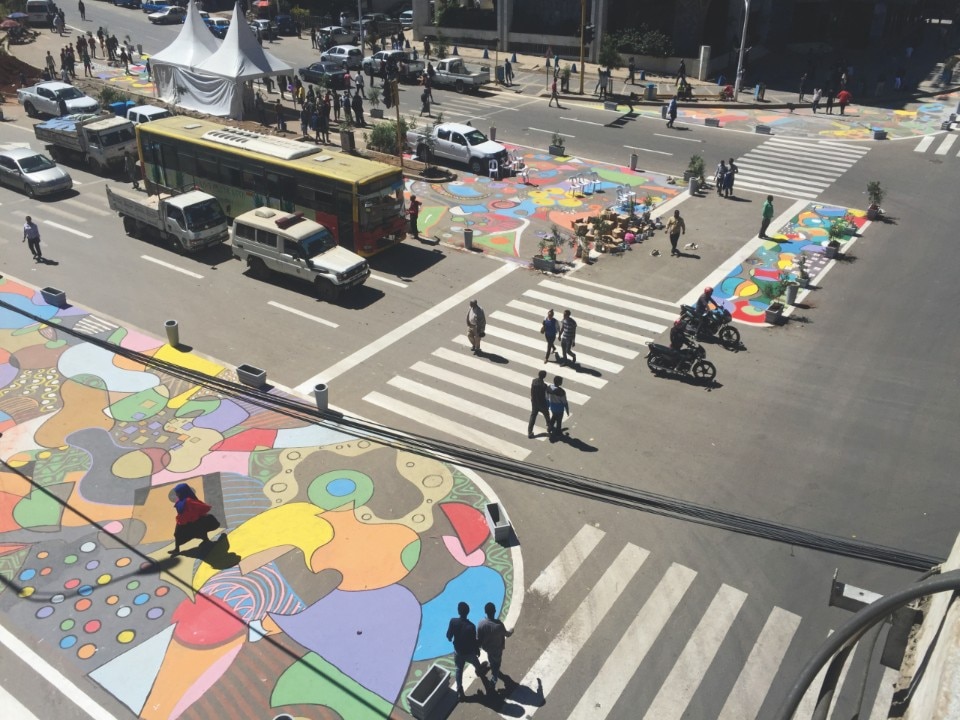
In your opinion, what really makes a city great today? Is there a recipe that urban planners should keep in mind when designing the cities of the future and what can be considered as a real Urban Revolution?
“What makes great cities have in common is the freedom that they offer their citizens, whatever their age, income of physical ability. In a great city, you don’t need a car, you don’t need to live in a certain neighborhood and you don’t need wealth to get around easily and safely. Most of your daily activities can be reached within walking distance or by public transportation. Great cities have greatest street life. It’s that energy that makes great cities irresistible, whether in Rome or New York or Tokyo or Cairo. So if you want to unlock and grow the greatness of cities, follow its people. See where they gather when they have a choice, and look for ways to remove obstacles to them coming together. Cities must lead with change on their streets, measure the results to show the economic, traffic and safety benefits, and then give citizens the power to demand that these changes come to their neighborhood, one of the greatest accomplishments a city can achieve”.
The technological transformation has – and will have – an important impact on cities, by implementing the concept of the “Smart City”. What is the importance of a data-driven approach in designing cities and how people live, work, play and travel in them?
“One of my biggest fears is that cities may succeed in bringing driverless, high-tech, on-demand cars to their street but
fail to create a street where a child can walk or ride a bike safely to school. I’m hopeful that automation and mobility as a service can provide alternatives to car ownership. But I don’t want to see just a first-mile-last-mile solution, fillings in the gaps without
repairing what’s really a broken system—a city where the streets don’t have connected sidewalks, safe crossings, protected public transport stops and stations. We need cities where the first and last mile are walkable, useful and attractive to walk or bike ride on. I see great promise in technology to make cities more efficient, responsive, sustainable and equitable,
but I don’t want to see a smart city where we’ve only replaced the cars we have today with driverless or less-polluting versions.
If you look at the greatest cities in the world, they have
the greatest public spaces, the most diverse and active streets, where driving is a choice, not a requirement. Driving
technology is not a proxy for livability in cities, and it should be
put in service of redesigning and reallocating street space so that it serves more people more safely and equitably”.
